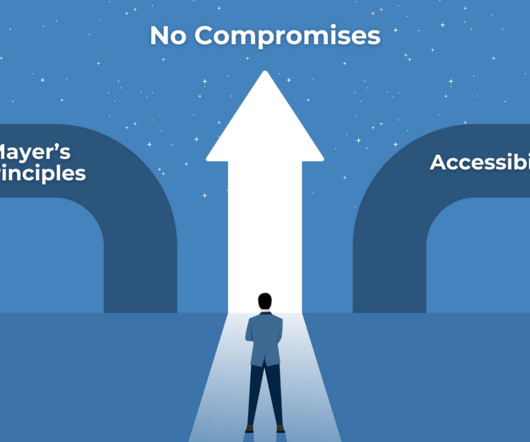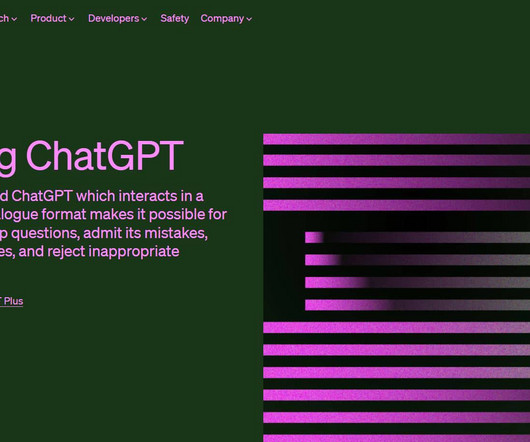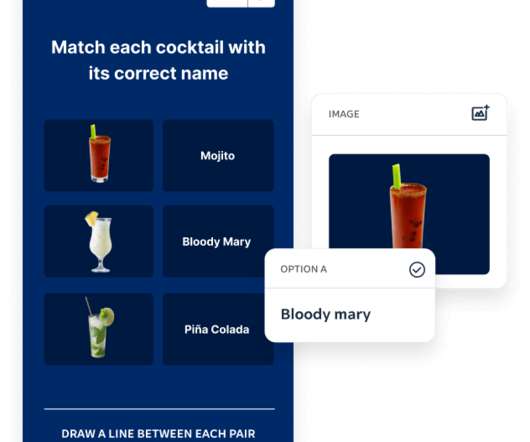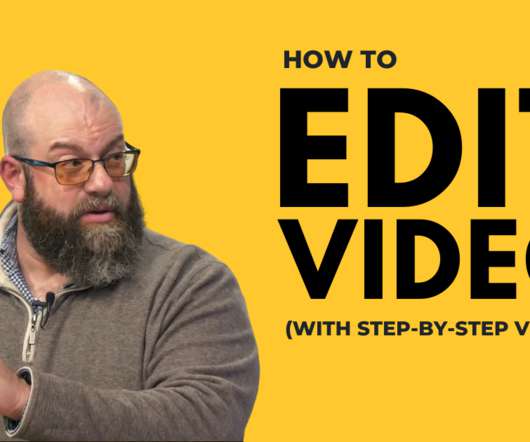Storyline Accessibility and Mayer’s Principles
Scissortail's Learning Nest
APRIL 22, 2024
If you’re not familiar with Mayer’s Principles, this blog post from Digital Learning Institute explains them in a nutshell. For an example of a Storyline course that includes sign interpretation, see the Disability Inclusive Development course that we developed for The U.S. The University of Hartford also has a useful one-pager.




































Let's personalize your content